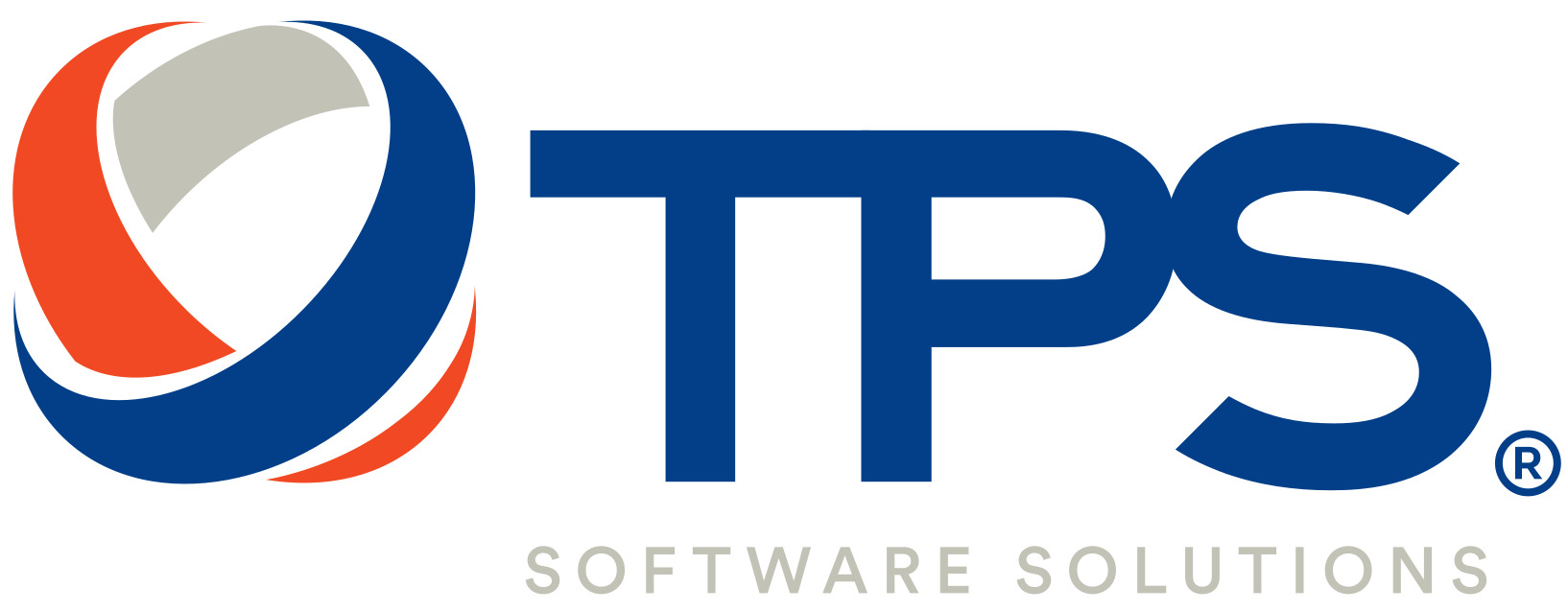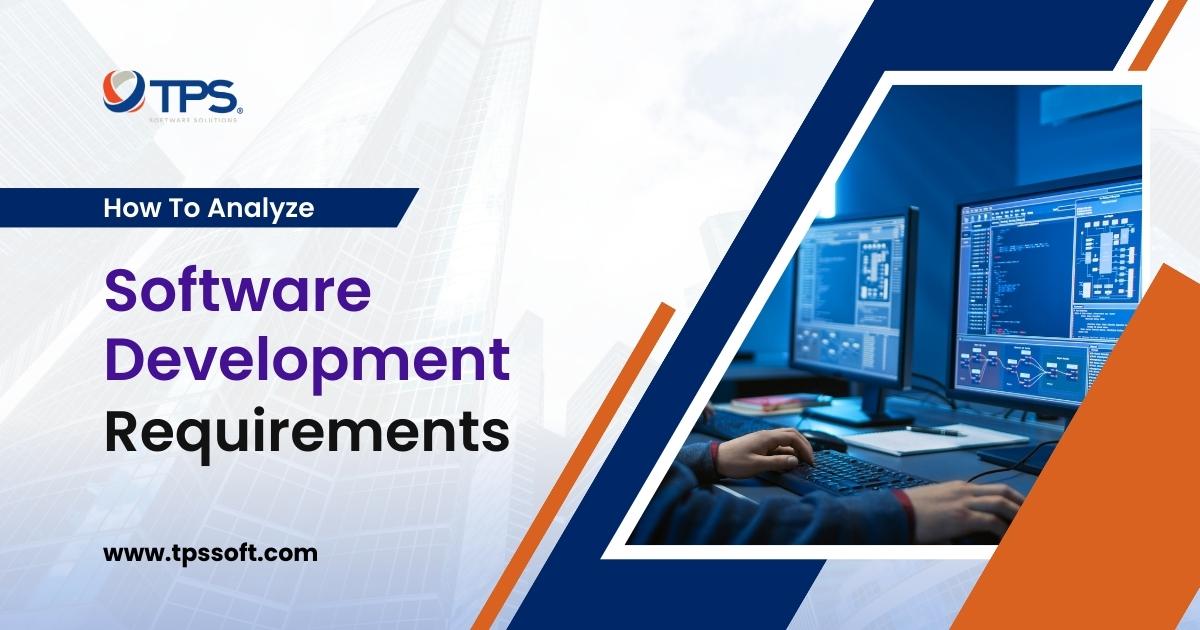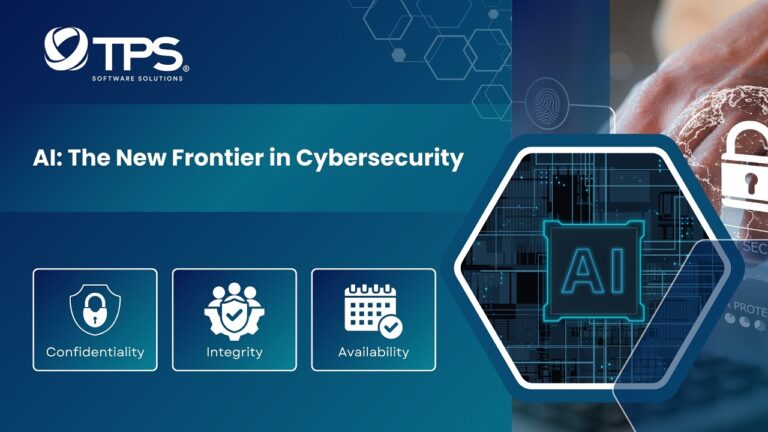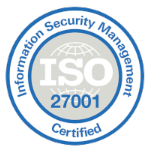Introduction
Software development projects are intricate undertakings that demand a systematic approach to ensure successful execution. One of the critical initial steps in this process is breaking down software development requirements. This phase involves dissecting the project’s scope, objectives, and functionality into smaller, more manageable components. In this article, we will provide you with a comprehensive guide on how to break down software development requirements effectively.
What are software development requirements?
Software development requirements, in software engineering and project management, are detailed specifications that articulate the functionalities, behaviors, constraints, and performance criteria a software system or application must meet. These requirements serve as a blueprint that guides software developers, designers, and stakeholders in the development process. They are a crucial aspect of software development, ensuring that all project stakeholders understand what the software should accomplish and how it should perform.
It plays a pivotal role in the entire software development lifecycle. They serve as a bridge between the client’s needs and the technical implementation. By clearly defining the features and characteristics of the software, requirements help mitigate misunderstandings and scope creep, ensuring that the development team builds a product that aligns with the client’s expectations. Additionally, these requirements provide a basis for project planning, design, coding, testing, and validation activities. They act as a reference point for developers, quality assurance teams, and project managers throughout the development process, enabling effective collaboration and project management. In summary, software development requirements are the cornerstone of a successful software project, guiding its development from inception to completion.

Is a Product Requirements Document (PRD) required?
The answer is yes !!
Importance of a Product Requirements Document (PRD)
A Product Requirements Document (PRD) is a fundamental tool for any company embarking on a software development or product creation journey. Its importance lies in its ability to provide a clear and unambiguous blueprint for the product’s development. By detailing the product’s features, functionality, and objectives, the PRD ensures that all stakeholders, from developers to designers to project managers, have a shared understanding of what needs to be built. This clarity reduces the risk of misunderstandings, scope creep, and misaligned expectations, which can lead to project delays and budget overruns. Furthermore, a well-defined PRD serves as a reference point throughout the project, facilitating decision-making, scope management, and project planning. It links the product’s development to the company’s strategic goals, ensuring that the project aligns with broader business objectives.
Other Considerations Regarding a Product Requirements Document (PRD)
While a PRD is undeniably important, its form and level of detail can vary depending on the company’s size, industry, and specific project requirements. In agile development environments, for instance, companies often adopt more lightweight documentation practices, such as user stories and acceptance criteria, to maintain flexibility and adaptability. It’s crucial to strike a balance between comprehensive documentation and the need for agility. Additionally, companies may also consider using supplemental documents, such as design mockups, prototypes, or user personas, to enhance the PRD and provide a more holistic view of the product. Ultimately, the choice of how to create and use a PRD should align with the company’s unique needs and project management approach.
Why do you need to analyze software development requirements?
Analyzing software development requirements is vital for a variety of reasons, each contributing to the overall success of the project:
Establishing a Roadmap for the Project
Requirement analysis serves as the foundation for creating a clear and structured project roadmap. It outlines the project’s scope, objectives, and deliverables, providing a step-by-step plan for development. This roadmap ensures that the project stays on track and progresses systematically, helping meet deadlines and milestones effectively.
Building Strong Communication
Effective communication is at the heart of successful software development. Analyzing requirements fosters clear and open channels of communication among team members, stakeholders, and clients. It encourages active dialogue and the exchange of ideas, reducing the risk of misunderstandings and enhancing collaboration throughout the project.
Ensuring the Quality of the Project
Requirement analysis is instrumental in ensuring the quality of the final product. By thoroughly understanding the requirements, the development team can design and implement features that meet the specified criteria. Clear acceptance criteria and test cases derived from analysis enable rigorous quality assurance and testing, ultimately resulting in a high-quality software product.
Building Trust with the Client
Clients and stakeholders appreciate transparency and reliability in software development projects. In-depth requirement analysis demonstrates your commitment to understanding their needs and delivering a product that aligns with their expectations. This trust-building process is crucial for maintaining strong client relationships and fostering future collaboration.
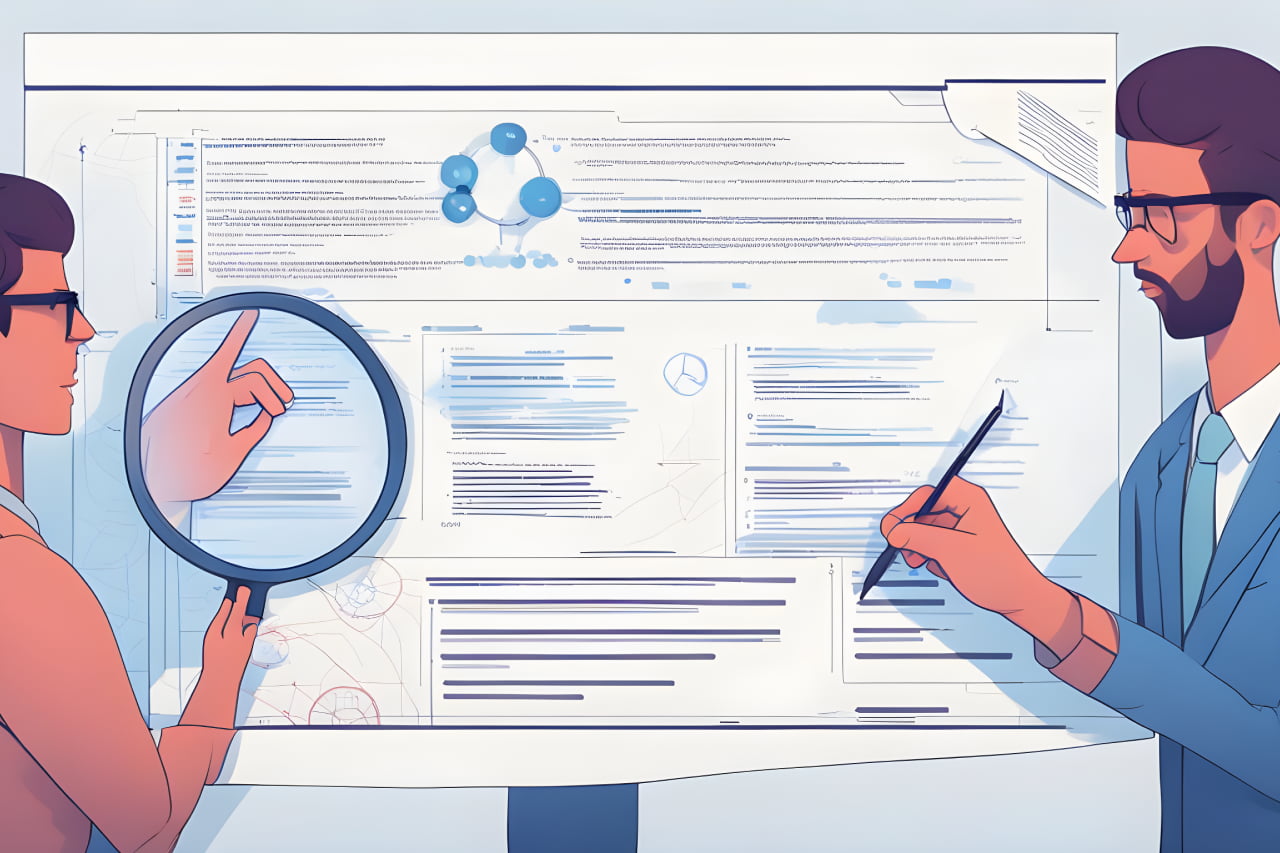
How to break down software development requirements properly?
Understanding the software development requirements is the first step to have the project done successfully. Here are some important steps in the whole process
Preparing for Requirement Gathering
Preparing for requirement gathering is a crucial initial step in the software development process. It lays the foundation for effective communication, collaboration, and ultimately, the success of the project. In this phase, project stakeholders, including clients, users, project managers, and development teams, need to align their expectations and goals.
Identifying the key stakeholders and their roles is paramount during this stage. Stakeholders can vary widely, from end-users who will interact with the software to executives who have a strategic interest in the project’s outcomes. Each stakeholder group may have different priorities and perspectives, making it essential to understand their needs and expectations.
Furthermore, having clear project objectives is fundamental to successful requirement gathering. These objectives define what the software should accomplish, why it’s being developed, and what business or user problems it aims to solve. Without a well-defined set of objectives, it’s challenging to gather requirements effectively, as the project’s purpose remains ambiguous.
Moreover, setting the stage for effective requirement gathering involves establishing a collaborative and open environment. It’s important to create a culture where stakeholders feel comfortable sharing their insights, ideas, and concerns. This might entail organizing workshops, brainstorming sessions, or one-on-one interviews to encourage meaningful participation.
Gathering Requirements Effectively
This is a crucial phase in the software development process, as it forms the basis for creating a software solution that meets the needs and expectations of stakeholders. Effective requirement gathering involves a structured approach that ensures comprehensive and accurate data collection.
One key aspect of gathering requirements effectively is identifying the appropriate methods for collecting information. This may involve conducting interviews with stakeholders, including end-users, clients, and subject matter experts, to elicit their insights and expectations. Workshops and brainstorming sessions can also be valuable, encouraging collaborative discussions and generating a wide range of ideas.
To ensure that requirement gathering is thorough, it’s essential to employ techniques that help extract comprehensive information. Open-ended questions, for example, encourage stakeholders to provide detailed responses and share their perspectives fully. Additionally, techniques like surveys or questionnaires can be used to gather input from a larger audience, especially when dealing with a diverse group of stakeholders.
Involving stakeholders actively in the requirement-gathering process is another critical factor for success. Engaging stakeholders ensures that their needs and concerns are heard and considered. It fosters a sense of ownership and collaboration, increasing the likelihood of buy-in and support for the project.
Furthermore, effective requirement gathering is an iterative process. It involves revisiting and validating the collected requirements with stakeholders to ensure accuracy and completeness. This iterative approach helps uncover any missed requirements or changes in priorities as the project progresses.
Documenting Software Development Requirements
Documenting software development requirements is a critical step that transforms the insights gathered from stakeholders into a structured and actionable plan. A well-prepared requirements document serves as a cornerstone for the entire software development process, providing clarity and guidance to the project team and stakeholders alike.
The requirements document typically includes several key components. It starts with a clear project scope, which defines the boundaries of what the software will and will not include. This is essential for preventing scope creep, a common challenge in software projects where additional features are added without proper analysis or control.
Functional requirements detail the specific features and functionalities the software must have, answering questions like “What should the software do?” These requirements often take the form of user stories, use cases, or feature descriptions, providing a detailed breakdown of the expected behavior.
Non-functional requirements are equally important, addressing quality attributes such as performance, security, scalability, and usability. These requirements set the standards for how well the software should perform and under what conditions, ensuring it meets user expectations and business needs.
Additionally, the requirements document may contain constraints, dependencies, assumptions, and potential risks, which help the project team understand the broader context and potential challenges.
Throughout the software development process, the requirements document serves as a reference point for developers, testers, and project managers, helping them make informed decisions and ensuring that the project remains aligned with stakeholders’ expectations.
Prioritizing and Decomposing Requirements
Prioritizing and decomposing requirements is a vital step in the software development process that ensures that the project remains focused on its most critical aspects and that the work is manageable and well-organized.
Prioritization involves assessing the relative importance of each requirement. It helps the project team and stakeholders identify the must-have features that are crucial for the software’s functionality, as well as those that are desirable but not essential. Techniques like the MoSCoW method (Must Have, Should Have, Could Have, Won’t Have) are often used to categorize requirements based on their priority. This prioritization aids in resource allocation, project planning, and decision-making, ensuring that the most critical elements are addressed first.
Decomposing requirements is the process of breaking down high-level requirements into smaller, more manageable tasks or sub-requirements. This decomposition enhances clarity and allows for more precise estimation and implementation. A well-structured Work Breakdown Structure (WBS) can be created to visualize the project’s scope divided into smaller, actionable items. These smaller tasks can then be assigned to development teams or individuals, streamlining the development process and making it more manageable.
Effective prioritization and decomposition help prevent scope creep, which occurs when new features or changes are introduced without proper analysis or control. By clearly defining the essential features and breaking them down into manageable tasks, the project team can maintain focus on delivering the core functionality while managing additional requirements separately. This approach ensures that the project remains on track in terms of time, budget, and scope.
Ensuring Traceability and Validation
Ensuring traceability and validation of software development requirements is a critical aspect of the development process that promotes accountability, quality assurance, and alignment with project goals.
Traceability refers to the ability to trace each requirement throughout the entire software development lifecycle. It involves linking each requirement back to its source, such as stakeholder input or business objectives, and forwarding to relevant design, implementation, and testing artifacts. This traceability ensures that requirements are well-managed and implemented correctly, providing a transparent and auditable trail. It helps project teams verify that the software accurately reflects the specified requirements, mitigating the risk of misunderstandings or omissions.
Validation, on the other hand, is the process of confirming that the requirements accurately represent what the software should achieve. This involves validating requirements with stakeholders and subject matter experts to ensure their understanding and to address any discrepancies. Acceptance criteria, which are part of the requirements documentation, play a crucial role in this process by providing clear conditions that must be met for each requirement to be considered complete. Validation helps identify any misalignments early in the project, reducing the likelihood of costly changes or rework later in the development cycle.
Both traceability and validation are essential for maintaining project integrity and ensuring that the software meets its intended functionality and performance requirements. They provide a structured approach to managing requirements and enhancing communication among team members, stakeholders, and clients. Ultimately, traceability and validation help build confidence that the software will fulfill its purpose and align with the project’s objectives.
Managing Changes and Adaptations
Managing changes and adaptations in software development requirements is a dynamic and critical aspect of project management. Inevitably, as a project progresses, there may be shifts in priorities, emerging insights, or evolving business needs that necessitate modifications to the initial requirements. Effective change management is essential to ensure that these adjustments do not derail the project but rather enhance its ability to meet its objectives.
One fundamental aspect of managing changes is to establish a clear and well-documented change management process. This process outlines how changes to requirements are identified, evaluated, approved, and implemented. It includes defining roles and responsibilities, specifying the criteria for accepting or rejecting changes, and establishing a mechanism for tracking and communicating changes to all relevant stakeholders. A robust change management process helps maintain control over the project’s scope and ensures that changes are thoroughly evaluated for their impact on timelines, budgets, and resources.
In addition to a formal process, it’s crucial to assess the impact of proposed changes on the project comprehensively. This includes evaluating how changes affect the project’s schedule, cost, and overall objectives. By conducting a thorough impact analysis, project managers and stakeholders can make informed decisions about whether to proceed with the changes or seek alternative solutions. This analysis also helps in identifying potential risks associated with changes and allows for the development of mitigation strategies.
Furthermore, effective change management requires open and transparent communication with all stakeholders. Project managers should proactively engage with clients, users, and team members to discuss proposed changes, seek feedback, and ensure alignment with the project’s goals. Clear and regular communication helps build consensus and ensures that everyone involved understands the rationale behind changes and their implications.
Effective Communication and Collaboration
Effective communication and collaboration are the bedrock of successful software development projects. In a field where diverse skills and perspectives converge, fostering a culture of open and productive interaction among team members and stakeholders is essential for project success.
Clear and consistent communication is vital from the project’s inception. Establishing regular channels for exchanging information and ideas ensures that all team members are on the same page regarding the project’s goals, progress, and challenges. This communication should extend to all levels of the project, from leadership to development teams to end-users. An environment where questions are encouraged, and feedback is valued promotes a sense of ownership and accountability among all involved.
Furthermore, open communication channels with clients and end-users are essential. Engaging stakeholders throughout the development process through regular status updates, demonstrations, and feedback sessions not only ensures that the software aligns with their expectations but also builds trust and strengthens the client-developer relationship.

Conclusion
Software development is a dynamic and iterative journey, and the ability to gather, analyze, and manage requirements effectively is pivotal to its success. By diligently following these practices, software development teams can navigate the complex landscape of requirements, adapt to changing circumstances, and ultimately deliver high-quality software that fulfills its intended purpose and exceeds stakeholders’ expectations.
